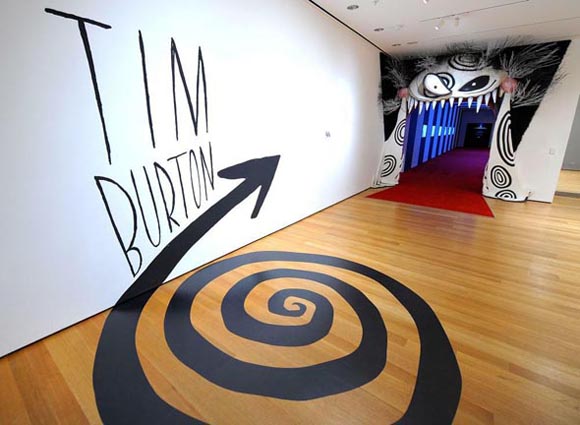
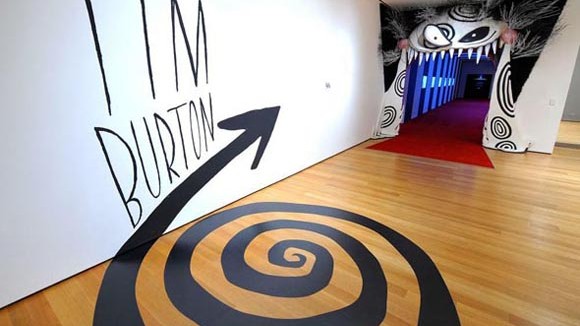
The Five Biggest Challenges of Building a Film Museum
 Every decade or so, there is talk of an animation museum in the United States, and while none has ever been built, two new museums on the horizon promise to be a pretty big deal for the film and animation communities.
Every decade or so, there is talk of an animation museum in the United States, and while none has ever been built, two new museums on the horizon promise to be a pretty big deal for the film and animation communities.
The Lucas Cultural Arts Museum and the Academy Museum will hopefully be two huge steps forward in the preservation and public education of filmmaking. These forthcoming institutions also serve as a reminder that film museums present a set of wholly unique challenges for the curators, designers and developers involved.
To see the world’s most famous paintings and sculptures, you have to go to a museum. The world’s most famous films, however, can be seen at a movie theater. Therefore, any film or animation museum has to offer a richer experience that brings the audience closer to the filmmaking process. In doing this, five major challenges—aside from financial ones—arise for the film museum.
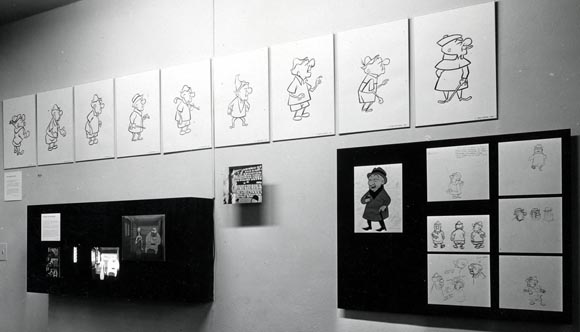
1. Exhibiting the Filmmaking Process
When was the last time you heard of a museum exhibition on the making of the Mona Lisa? Or Michelangelo’s David? The processes behind the most famous paintings, drawings or sculptures are rarely revealed in museums. The curators, in fact, function under the assumption that patrons have a general understanding of how to paint and sculpt. A film, on the other hand, is created through the joint effort of hundreds of people, each with a specific job that isn’t necessarily understood by the general public. Directors, prop masters, animators, costumers, layout artists, grips—all of these roles must be defined by a film museum in such a way that anyone, from a child to an adult, could understand. This requires infinite amounts of primary research from curators, while producing a huge headache for exhibition designers.
It’s not as simple as hanging a few character model sheets onto a wall—film museums have to explain the jobs of character designers and visual development artists, and how they contribute to the final product. This explanation usually involves text, supporting photographs and film clips displayed on monitors. Creating this educational experience is worthwhile, but demands careful planning and coordination.
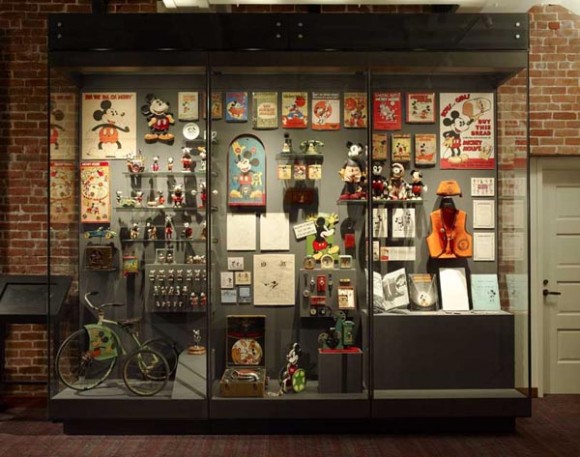
2. Ephemera
The products that result from making movies—costumes, props, masks, storyboards, paints, sketches, scripts—are not made to last. They are only made to survive the time it takes to produce the final cut of the film. If these objects even survive, which is often thanks to a sentimental crew member, they present major conservation challenges that are sometimes impossible to overcome. Background sketches, for example, are often created on newsprint, a non-archival paper that quickly yellows with time. Old reels of 35mm film are at risk of fading, molding or even catching fire. Yoda, a 30-year-old animatronic puppet, is notoriously known as the ultimate conservator’s nightmare. His latex body practically melts with time, degrading further with each instance he is moved from storage to display. With film ephemera, there isn’t much conservators can do besides wear white gloves, use temperature-controlled storage, and try their best to stave off deterioration.
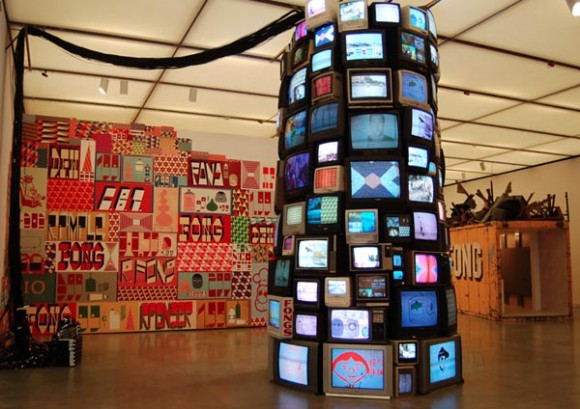
3. Programming
The majority of museums dedicated to film have screening rooms, therefore they need thoughtful, exciting programming that pulls in a wide range of audiences. Typically, this is where animation gets the shaft; if shown, animation is often billed as a daytime family-oriented event. It is paramount for these museums to have the foresight of an adept curator who knows how to balance rare, niche screenings with crowd pleasers.
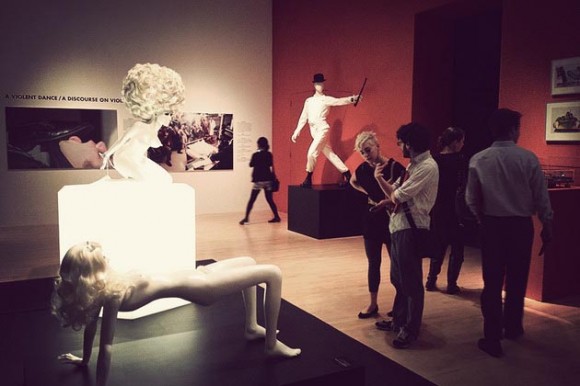
4. Going Digital
While leaving a film to deteriorate on 35mm stock is obviously a bad idea, digital transfers are temporary fixes. Discs, USB keys, and any device that stores data are ultimately not stable, at least not by a curation standard. As more filmmakers produce digital work, museums will struggle with concerns over proper storage and care. This is a universal problem at the moment, affecting any institution that collects digital formats. Fortunately, there are whole college majors devoted to the study and development of best practices for digital archiving.

5. Myth
It’s hard to imagine any visual art that must contend with as big of a unified myth as film. The lore of Hollywood is irrevocably intertwined with film, a relationship that affects the design and architecture of the museum itself. The Academy Museum, for example, is building a multimedia exhibition that lets visitors “walk the red carpet.” While any film museum, especially one based in Los Angeles with connected donors, must pay homage to Hollywood, it’s easy for these institutions to get bogged down in all the related tropes: red velvet curtains, wall sconces that look like film reels, potted palm trees, and vintage movie signs. All these symbols are iconic and recognized by a mass audience, but museums have to know when to put on the brakes and let the art of filmmaking, not the nostalgia surrounding it, speak for itself.
Images in this post:
